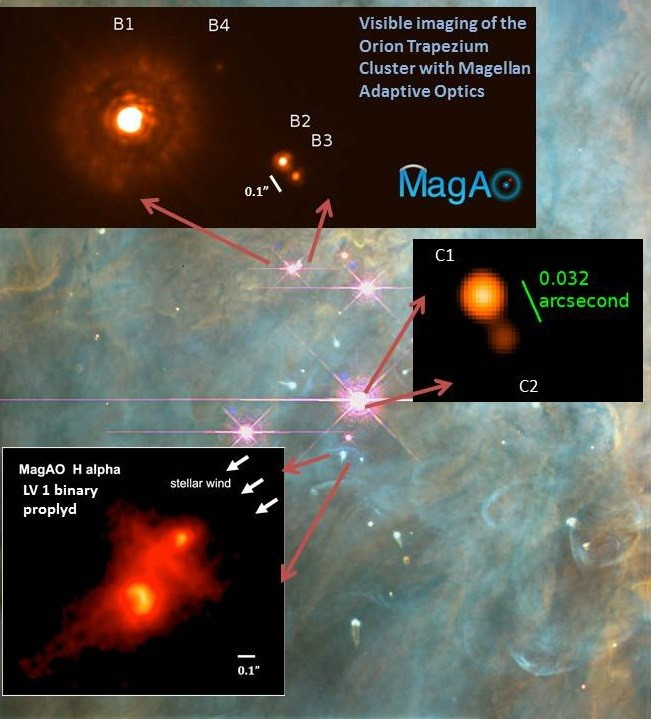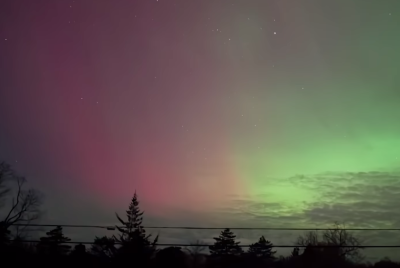Astronomers Could See Baseball Field on the Moon with Record Highest-Resolution Space Camera
Hubble Space Telescope left in the shade by astronomical camera with mirror twice as large

Astronomers have taken the most detailed highest-resolution photographs of space in history.
For the images, a telescope mirror vibrates 1,000 times per second to counteract atmospheric flickering and produces such high-res photos that a baseball field would be visible on the moon.
Researchers at the University of Arizona, the Arcetri Observatory near Florence, and the Carnegie Observatory have been developing the technology for more than 20 years.
Their camera in the Chilean desert has a 6.5m telescope and is twice as good as previous cameras used to photograph space.
Laird Close, an astronomer at the University of Arizona, said: "It was very exciting to see this new camera make the night sky look sharper than had previously been possible.
"We can, for the first time, make long-exposure images that resolve objects just 0.02 arc seconds across - the equivalent of a dime viewed from more than 100 miles away. At that resolution, you could see a baseball diamond on the moon." An arc second is one 3,600th of a degree.

The photos are twice as sharp as those produced by the Hubble Space Telescope because its mirror is much larger than Hubble's.
Jared Male, also from the University of Arizona, said the sharpness of the images improves as they move towards shorter wavelengths: "Until now, large telescopes could make the theoretically sharpest photos only in infrared - or long wavelength - light, but our new camera can take photos that are twice as sharp in the visible light spectrum."
To overcome atmospheric turbulence, which causes images to blur, the scientists developed an optics system that floats a very thin curved-glass mirror on a magnetic field 30ft above the telescope's primary mirror.
This mirror can then change its shape 1,000 times each second to counteract the atmosphere's blurring effect.
"As a result, we can see the visible sky more clearly than ever before," Close said. "It's almost like having a telescope with a 21ft mirror in space."
© Copyright IBTimes 2025. All rights reserved.






















